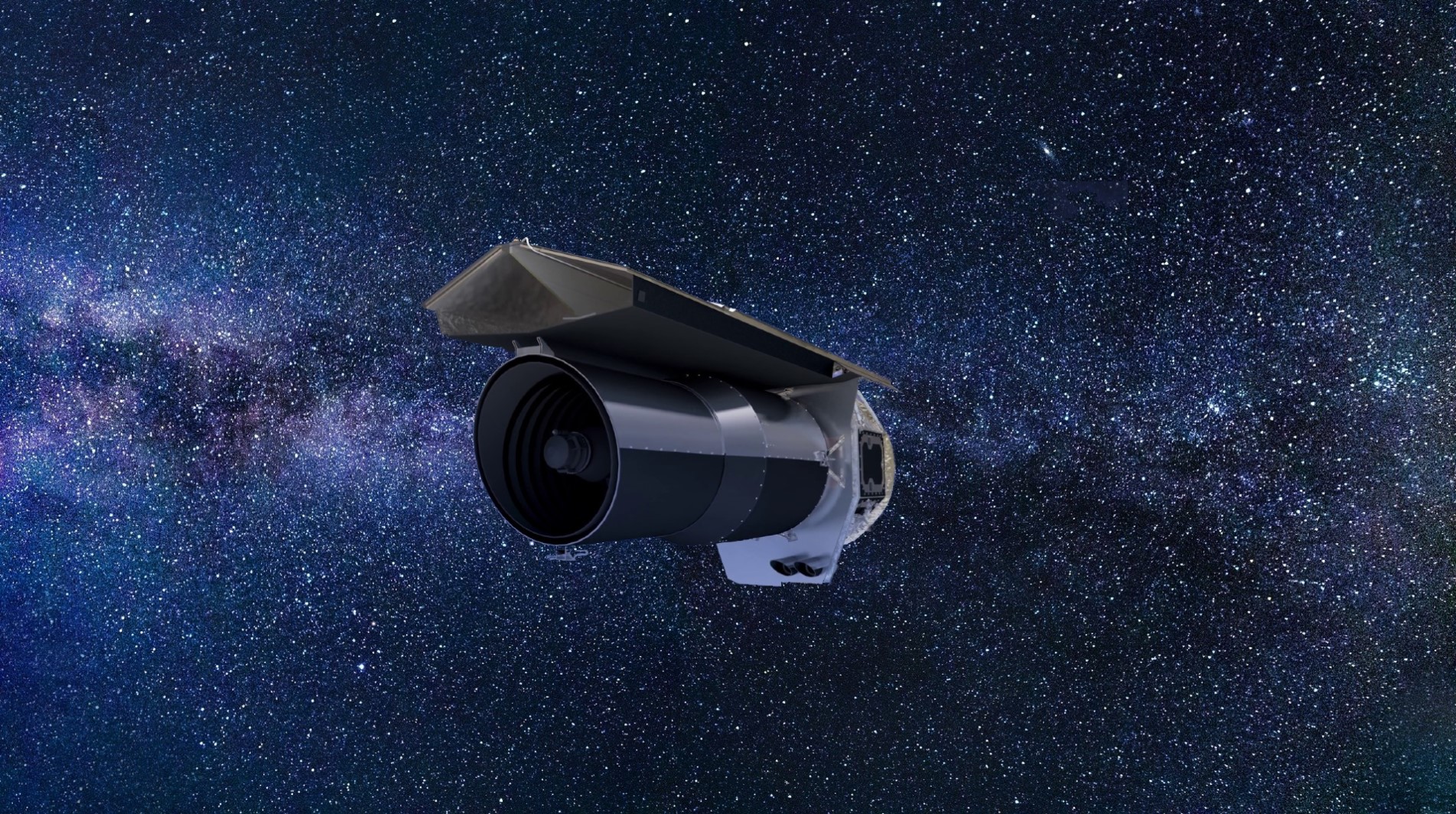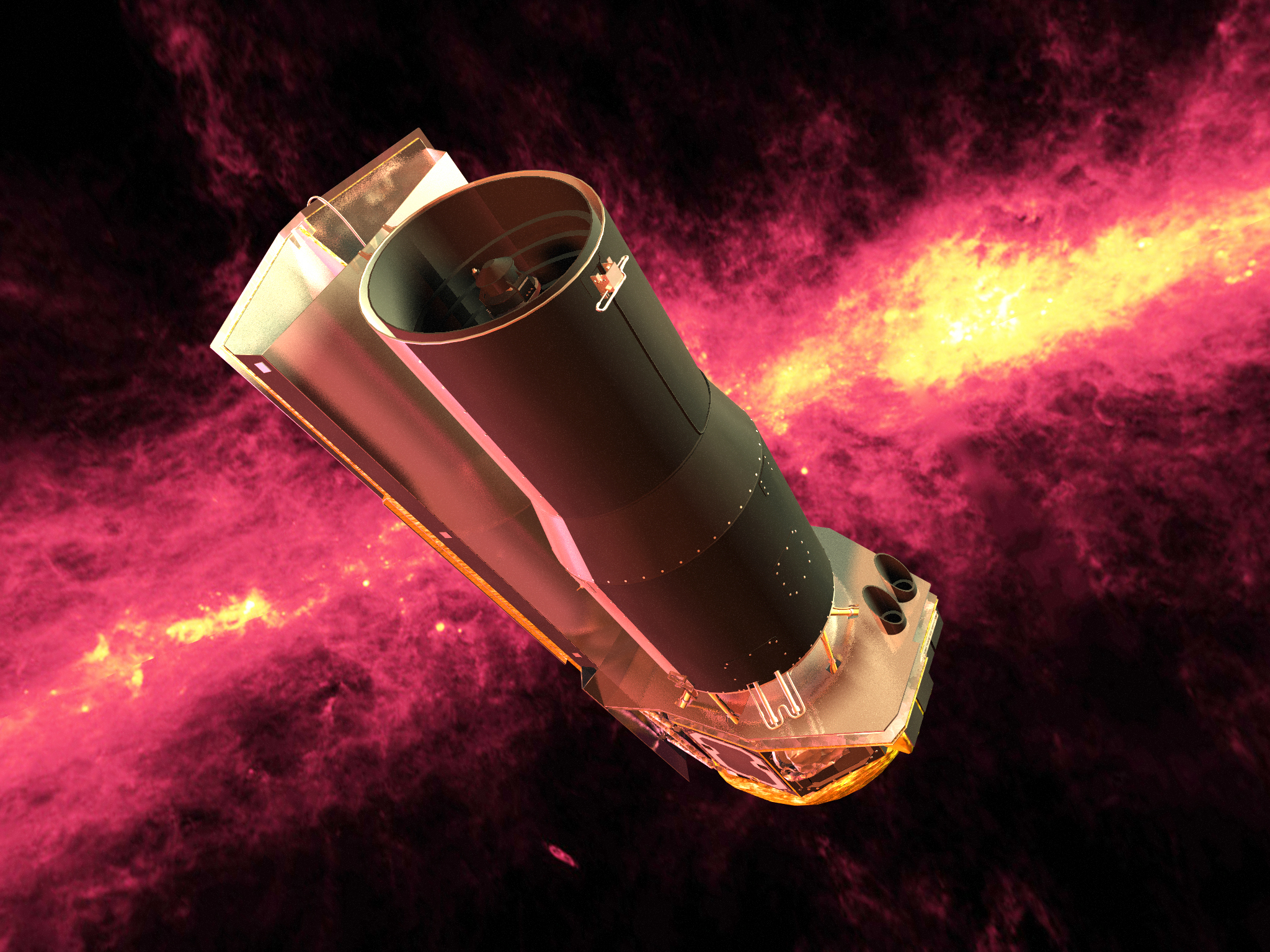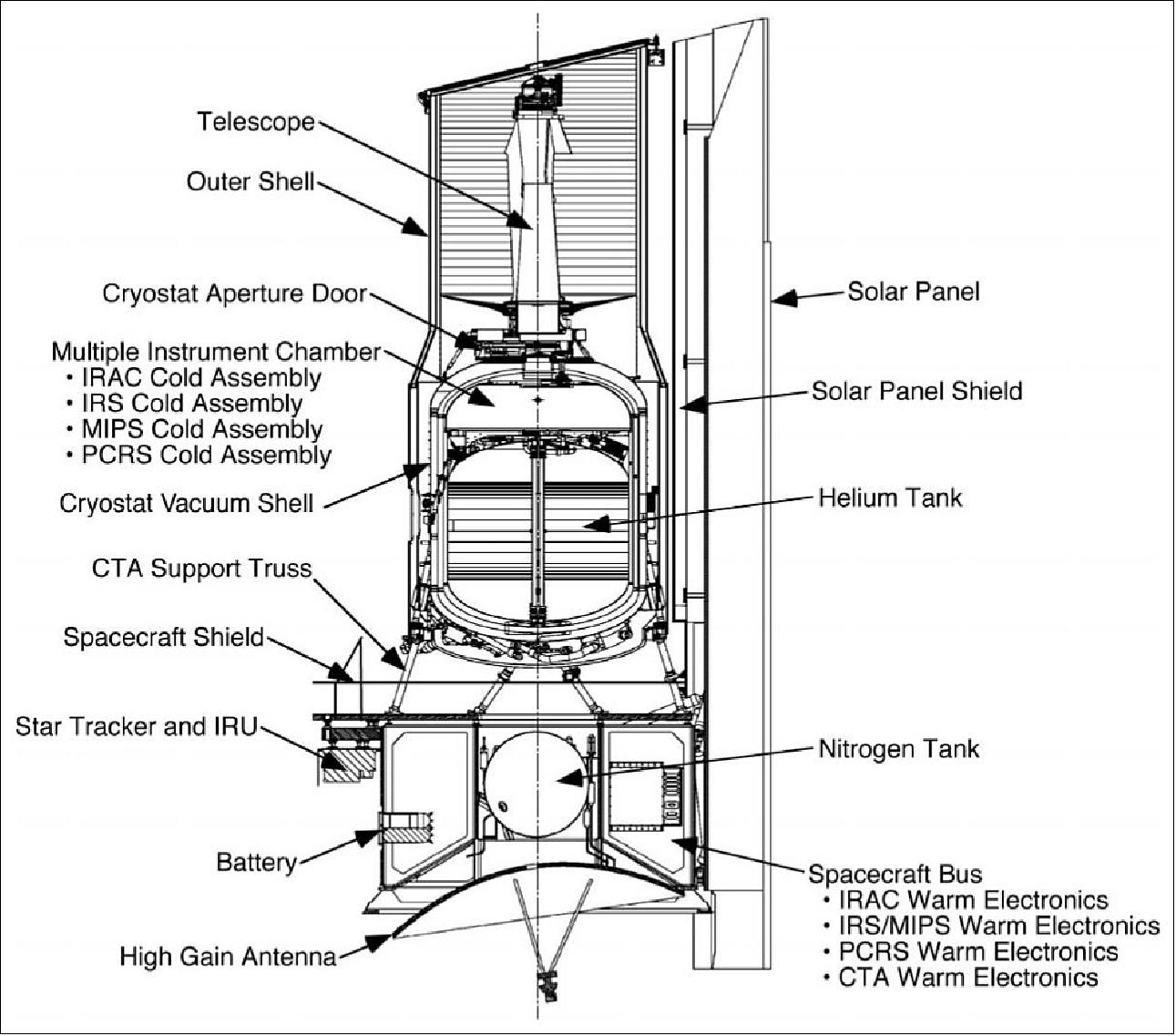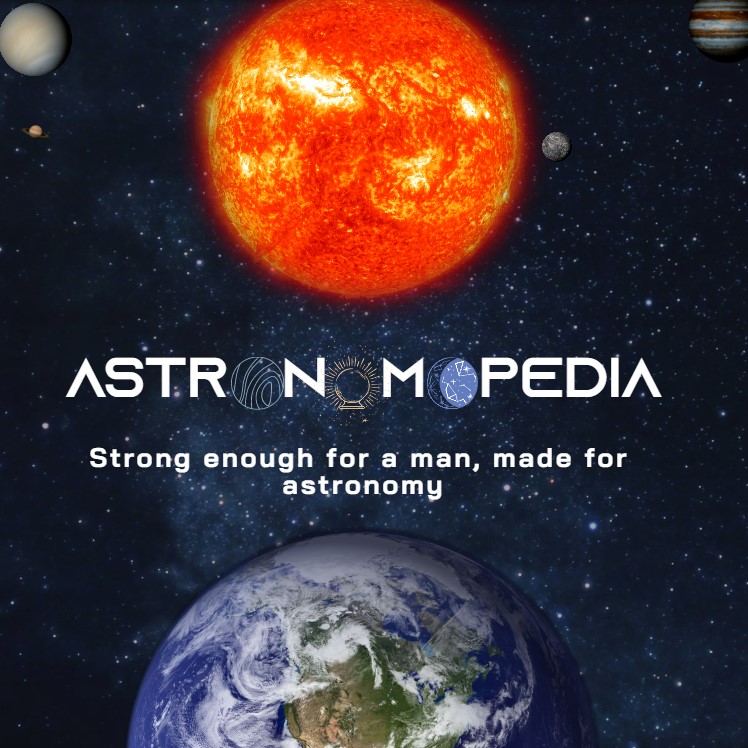

Spitzer Space Telescope

What is the Spitzer Space Telescope?
NASA's Space Infrared Telescope Facility, SIRTF or Spitzer Space Telescope, was named after the late Dr. Lyman Spitzer Jr. to commemorate his vision and contribution to science. It is an infrared space telescope used to detect light from an exoplanet. It was launched in 2003 and was retired on 30 January 2020. After the IRAS and ISO space telescopes, Spitzer is the third spacecraft dedicated to infrared astronomy.
What is special about this telescope?
As far as infrared space telescopes are concerned, the Spitzer Space Telescope was the most sensitive. It revolutionized our view of the universe during its 16-year lifespan. During his research, Spitzer made discoveries from within our solar system to almost the edge of the Universe.
Technical Specifications
Dimensions
The Spitzer Space Telescope has a diameter of 0.85 meter (2.8 feet), a height of 4 meters (13 feet), and a focal length of 10.2 meters (33 feet). Its mirror, which plays a crucial role in collecting and focusing light, measures 85 centimeters (33 inches) in diameter. With an approximate weight of 950 kilograms (2094 pounds), the Spitzer Space Telescope showcases a compact and streamlined cylindrical shape, embodying its purpose as an advanced infrared observatory.
Physico-chemical properties
The Spitzer Space Telescope exhibits a few key physico-chemical properties. It utilizes cryogenic helium (liquid helium or cryogen) to achieve and maintain extremely low temperatures, essential for its operation. The cryogenic cooling helps reduce thermal noise and preserves the sensitivity of the telescope's detectors, which are specifically designed to capture infrared radiation. Additionally, both mirrors of the Spitzer Space Telescope are coated with thin layers of aluminum and magnesium fluoride. The aluminum coating enhances the reflectivity of the mirrors for infrared and visible light, while the magnesium fluoride layer serves to protect the aluminum coating from oxidation and further aids in the reflectivity of ultraviolet light.

Wavelength
Spitzer can study the cosmos at infrared wavelengths ranging from 3 to 180 microns (a human hair has a diameter of about 50 microns).
The image on the left shows the discoveries that Spitzer has made using infrared light.
Anatomy
The Spitzer Space Telescope consists of a 0.85-meter diameter telescope and a spacecraft bus that houses its avionics and warm electronics parts. The spacecraft bus provides electrical power to the astronomical instruments, orients and stabilizes the telescope, stores and compresses data for transmission back to Earth, executes the planned observation schedule, and communicates with the ground system. The telescope’s cryogenic assembly, known as the Cryogenic Telescope Assembly (CTA), contains the three scientific instruments (Infrared Array Camera [IRAC], Infrared Spectrograph [IRS], and Multiband Imaging Photometer for Spitzer [MIPS]) and the 85 centimeter telescope. Additionally, the CTA includes cold items such as the cryostat, which uses liquid helium vapor from the helium tank to keep the instruments cold, and the outer shell group. The outer shell consists of a dust cover, an outer shield, thermal shields (which block radiation from space), and solar panels that provide power to the spacecraft. This outer shell surrounds the telescope, cryostat, and instruments, preventing heat from the Sun and the rest of the spacecraft from reaching the cold telescope and instruments by radiating it away into space.

Optics
The Spitzer Space Telescope is an infrared telescope that consists of a cryogenically cooled telescope with lightweight optics that deliver light to advanced, large-format infrared detector arrays. As an infrared observatory, Spitzer collected light from regions of space that are hidden from optical telescopes, and it could detect light emitted from cooler objects. The telescope was designed to detect infrared radiation, which is primarily heat radiation, allowing scientists to examine cosmic regions that are hidden from optical telescopes such as dusty stellar nurseries, the centers of galaxies, and newly formed planetary systems. Operating in the mid-infrared range of 3 to 180 microns, the Spitzer Space Telescope employed instruments like the Infrared Array Camera (IRAC), the Infrared Spectrograph (IRS), and the Multiband Imaging Photometer (MIPS) to capture and analyze the specific wavelengths of infrared light emitted by celestial objects.
Resolution
The detector on Spitzer with the best resolving power can see something almost 60 times smaller than the human eye can, achieving an angular resolution of approximately 2 arcseconds. To put this into perspective, it could resolve fine details on distant celestial objects, such as individual stars within a dense star cluster or discerning features on planets within our solar system. As an example, it could distinguish a 747 airplane at a distance of over 9,000 miles.
Spectral Range
The Spitzer Space Telescope is designed to detect infrared radiation, primarily heat radiation, to explore the universe in a specific wavelength range. It consists of a 0.85-meter diameter telescope and three cryogenically-cooled science instruments: the Infrared Array Camera (IRAC), Infrared Spectrograph (IRS), and Multiband Imaging Photometer (MIPS). These instruments enable imaging and spectroscopy across different wavelength bands within the 3 - 180 micron range. For instance, IRAC covers the 3.6, 4.5, 5.8, and 8 microns range, IRS operates in the 14 - 38 micron range, and MIPS captures data in the 24 - 160 micron range. By observing in this specific range, Spitzer can investigate crucial scientific phenomena such as interstellar dust emissions, the thermal radiation from forming stars, and the infrared signatures of distant galaxies.
Instruments
The Spitzer Space Telescope consists of a 0.85-meter diameter telescope and three cryogenically-cooled science instruments that enable imaging and spectroscopy within the 3 - 180 micron wavelength range. The three instruments, namely the Infrared Array Camera (IRAC), Infrared Spectrograph (IRS), and Multiband Imaging Photometer (MIPS), provide unique capabilities for studying the infrared universe. IRAC is a four-channel camera that simultaneously captures 5.2 x 5.2 arcmin images at 3.6, 4.5, 5.8, and 8 microns. It is sensitive to both point sources and extended objects, allowing for the study of various infrared phenomena. IRS is equipped with four modules that break light into a spectrum of infrared colors, covering specific wavelength ranges such as 14 - 38 microns for Module 1 and 20 - 37 microns for Module 2. MIPS captures data in the 24 - 160 micron range and is particularly adept at studying the thermal emission from dust in star-forming regions, detecting distant galaxies, and measuring the cosmic infrared background.
Sensitivity
The Spitzer Space Telescope surpasses the sensitivity of even the largest ground-based telescopes at the infrared wavelengths where it operates. With its enhanced sensitivity, Spitzer can detect infrared light across a wide range of wavelengths, spanning from 3 to 180 microns. This heightened sensitivity provides significant scientific advantages, enabling Spitzer to observe and study faint and distant celestial objects that are otherwise challenging to detect. It facilitates the exploration of various astronomical phenomena, such as the detection of distant galaxies, the identification of faint protoplanetary disks, and the examination of regions hidden by interstellar dust.
Motion
Location
The Spitzer Space Telescope is positioned in a heliocentric orbit around the Sun, approximately 210 million kilometers (130 million miles) away from Earth. This corresponds to about 1.5 times the average distance between Earth and the Sun, known as an astronomical unit (AU). By being situated at this distance, Spitzer can capture observations from various regions of the sky and operate without being affected by atmospheric disturbances.

Orbit
The Spitzer Space Telescope follows a distinct Earth-trailing orbit that sets it apart from the Hubble Space Telescope. Positioned in a heliocentric orbit around the Sun, Spitzer maintains a steady distance from Earth, avoiding potential interference from our planet's electromagnetic and thermal emissions. Due to its slower orbital velocity compared to Earth, Spitzer gradually drifts further away from our planet. It moves at a rate of approximately 0.1 astronomical unit (15 million kilometers or 10 million miles) per year. This gradual increase in distance allows Spitzer to continue capturing observations while minimizing the impact of atmospheric effects and emissions from Earth.
Space Telescope Programs
Launch and decommissioning
Launched at 5:35 a.m (EST) on August 25, 2003. The spacecraft was decommissioned on the 30th of January 2020 after 16 years of studying exoplanets, our solar system, and faraway galaxies.
Its missions
The goal of Spitzer is to become NASA's leading infrared light observatory. This would allow astronomers to observe the universe with unprecedented clarity and sensitivity in this critical part of the electromagnetic spectrum. As liquid coolant drained from Spitzer in 2009, the observatory began working on a "warm mission," which focused on measurements of how fast the universe is stretching and characterization of asteroids and planet atmospheres.
Data and Observations
The Spitzer Space Telescope captures data in the form of images, spectra, time-series measurements, spectral energy distributions (SEDs), and infrared light curves. Over the past 16 years, thousands of scientists from around the world have conducted observations with Spitzer, resulting in the publication of over 8,600 papers utilizing the observatory's data. The telescope has been instrumental in studying various astronomical objects, including asteroids, comets, planets, and distant galaxies. It notably became the first telescope to detect light from an exoplanet outside our solar system. Additionally, Spitzer has unveiled remarkable discoveries such as a system of seven Earth-size planets orbiting a star 40 light-years away. The extensive dataset compiled by the telescope will remain accessible in a publicly available archive for the foreseeable future.
Partnerships and Collaborations
Spitzer is a collaborative mission involving multiple partner institutions and organizations. NASA's Jet Propulsion Laboratory in Pasadena, California, manages and operates the Spitzer Space Telescope mission for NASA's Science Mission Directorate in Washington. Spacecraft engineering is conducted at Lockheed Martin Space in Littleton, Colorado. The collaborative nature of the mission extends beyond NASA, with partnerships established with international space agencies and institutions, such as the European Space Agency (ESA) and its Herschel Space Observatory. Moreover, many of Spitzer's groundbreaking discoveries have been made in collaboration with a range of ground-based observatories. Working together with ground-based telescopes like the Keck Observatory and the Atacama Large Millimeter/submillimeter Array (ALMA), Spitzer has achieved remarkable scientific outcomes, including the identification and study of the most distant galaxy observed to date in conjunction with the Hubble Space Telescope.
Upgrades and Extensions
Spitzer has demonstrated remarkable longevity and scientific productivity, continuing its operations in the warm mission phase for more than 10 years and receiving five mission extensions from NASA. The second Spitzer mission extension began on January 1, 2015, followed by the third extension on January 1, 2017, the fourth extension on October 1, 2017, and the fifth and final extension on April 1, 2019. These extensions allowed Spitzer to continue its scientific operations, gather additional data, and maximize its contributions to the field of infrared astronomy. Throughout these extended mission phases, Spitzer has achieved notable scientific milestones and made significant discoveries, further enriching our understanding of the universe.
Author: William Homier
Editor: William Homier
Video credit goes to JPLraw.
This page was last edited on 10 July 2023, at 16:24 (HAE).
Sources:

